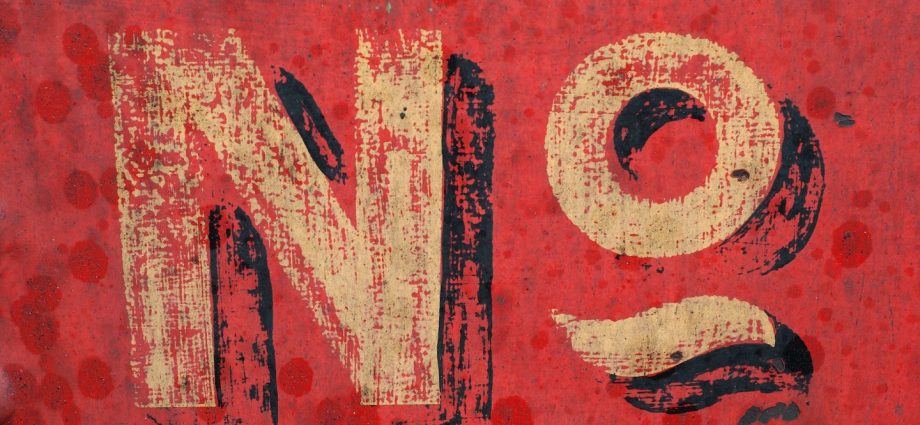Typography has played an essential role in design, especially in vintage design. It has evolved over time and has become an important element in creating visually appealing designs. In this article, we will explore the role of typography in vintage design and how it has evolved over time.
Introduction
Typography is the art of arranging letters and words in a way that is both aesthetically pleasing and easy to read. It has been used in design for centuries, but it wasn’t until the 20th century that typography really began to take center stage. In vintage design, typography played a crucial role in creating a unique and distinctive look that was both visually appealing and easy to read.
The History of Typography in Vintage Design
Vintage design has a rich history that spans many different time periods. Each era had its own unique typography styles, which were used to create distinctive designs. In the late 1800s and early 1900s, typography was used mainly for advertising, and bold and ornate typefaces were popular. During the Art Nouveau movement, typography became more ornate and organic, with curves and swirls replacing the more angular shapes of previous decades.
In the 1920s and 1930s, the Art Deco movement brought a more streamlined and geometric approach to typography. Sans-serif typefaces were popular, and typography was used to create bold and eye-catching designs. During World War II, typography was used to create propaganda posters that were meant to inspire and motivate.
In the 1950s and 1960s, typography began to take on a more playful and whimsical tone. This era saw the rise of hand-lettered typography, as well as the use of bright colors and abstract shapes. The psychedelic movement of the 1960s brought even more experimentation with typography, as designers began to push the boundaries of what was considered “normal.”
The Evolution of Typography in Vintage Design
Typography has continued to evolve in vintage design, as new technologies and design trends have emerged. The rise of digital design tools has made it easier than ever for designers to experiment with typography, and new fonts and typefaces are being created all the time.
One trend that has emerged in recent years is the use of vintage typography in modern design. Designers are incorporating vintage fonts and typefaces into their designs, giving them a retro look that is both timeless and modern. This trend has been embraced by many different industries, from fashion to food to tech.
Another trend in typography is the use of hand-lettered typefaces. Hand-lettered typefaces give designs a personal touch and can add a sense of authenticity and warmth. Many designers are creating their own hand-lettered typefaces, or commissioning them from other artists.
Conclusion
Typography has played an important role in vintage design for centuries, and it continues to evolve and change with the times. Whether it’s a bold and ornate typeface from the Art Nouveau era, or a hand-lettered font created by a modern designer, typography is a key element in creating visually appealing and effective designs.
FAQs
- What is typography, and why is it important in design?
- Typography is the art of arranging letters and words in a way that is both aesthetically pleasing and easy to read. It is important in design because it can help to create a unique and distinctive look, as well as enhance the overall visual appeal of a design.
- What is vintage design, and why is it popular?
- Vintage design is a style that is inspired by designs from previous eras, typically from the 1920s through the 1960s. It is popular because it can give a design a timeless and classic feel, as well as evoke feelings of nostalgia and warmth.
- How has the evolution of technology impacted typography in design?
- The rise of digital design tools has made it easier for designers to experiment with typography, and has also led to the creation of new fonts and typefaces. However, it has also led to a saturation of similar designs, making it harder for designers to stand out.
- What are some popular vintage fonts and typefaces?
- Some popular vintage fonts and typefaces include Art Deco, Art Nouveau, and Mid-Century Modern. Other popular fonts include hand-lettered typefaces, serif and sans-serif typefaces, and script typefaces.
- How can I incorporate vintage typography into my own designs?
- You can incorporate vintage typography into your designs by using vintage fonts and typefaces, as well as by incorporating vintage design elements such as textures and patterns. You can also experiment with hand-lettered typefaces to give your designs a personal touch.

